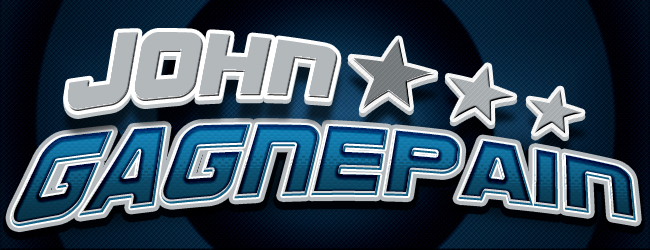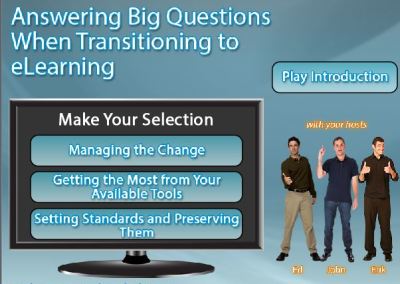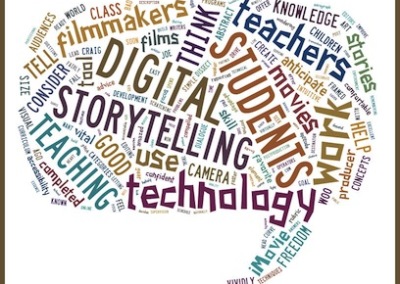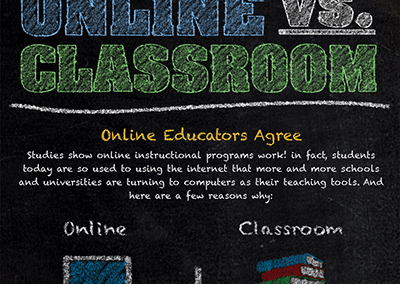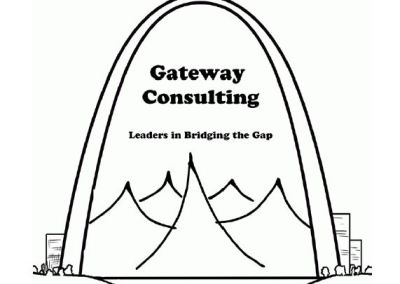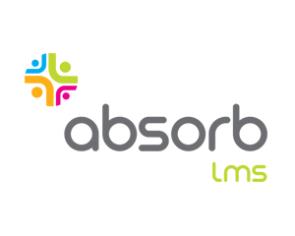About Me

I am currently in my eighteenth year in the Training and Development Department and have been running the department since 2000. With nearly 3000 Team Members to train each year, I have amassed extensive experience in classroom facilitation and course development on topics including Customer Service, On the Job learning, Safety, and Leadership skills.
Six Flags began to develop an online training program around 2007. I became intimately involved in all aspects of its development, and I am currently the administrator for our LMS as well as the overseer of all course content development for the entire company.
In addition to my training roles, I also have fifteen years of experience developing and executing employee incentive and recognition programs, six years of Mystery Shopper program administration including program development and reporting for all Six Flags parks, and I am a Project Manager for an area of our Fright Fest season each September/October.
ILT Competencies
You can view each competency and see which of my projects are associated with each one.
Competency #1
Adopt a reflective-practice stance to your work.
This competency is reflected in the following projects:
- Conducting Team Member Evaluations
- Using Digital Storytelling in the Classroom
- Action Research Proposal and Literature Review
- From the Earth to the Moon Comic
- Change Project
- CSS Built Website
- Colors of the World Today Podcast
Competency #3
Apply theory and best practices, conduct an analysis of learners, content and context for instruction and design activities and experiences for learning.
This competency is reflected in the following projects:
- Conducting Team Member Evaluations
- Making the eLearning Transition
- Using Digital Storytelling in the Classroom
- Project Management Proposal
- Pecha Kucha
- From the Earth to the Moon Comic
- Change Project
- What is a Mapportunity?
Competency #5
Use tools and apply message-design principles to develop products and resources to support learning and performance.
This competency is reflected in the following projects:
- Conducting Team Member Evaluations
- Making the eLearning Transition
- Using Digital Storytelling in the Classroom
- Project Management Proposal
- Pecha Kucha
- From the Earth to the Moon Comic
- What is a Mapportunity?
- CSS Built Website
- Colors of the World Today Podcast
Competency #7
Assess student/participant learning.
This competency is reflected in the following projects:
- Conducting Team Member Evaluations
- Using Digital Storytelling in the Classroom
- Change Project
Competency #9
Manage a development or related project.
This competency is reflected in the following projects:
- Absorb LMS Screencasts
- Project Management Proposal
- Change Project
Competency #2
Conduct a needs assessment for learning or performance interventions.
This competency is reflected in the following projects:
- Conducting Team Member Evaluations
- Absorb LMS Screencasts
- Making the eLearning Transition
- Using Digital Storytelling in the Classroom
- Action Research Proposal and Literature Review
- Project Management Proposal
Competency #4
Accommodate the needs of diverse learners through media and technology.
This competency is reflected in the following projects:
- Conducting Team Member Evaluations
- Absorb LMS Screencasts
- Making the eLearning Transition
- Project Management Proposal
- Pecha Kucha
- What is a Mapportunity
- CSS Built Website
Competency #6
Implement and evaluate effectiveness of programs, products or practices.
This competency is reflected in the following projects:
- Action Research Proposal and Literature Review
- Change Project
- Conducting Team Member Evaluations
Competency #8
Utilize research methods to investigate a learning, organizational or performance problem.
This competency is reflected in the following projects:
- Making the eLearning Transition
- Action Research Proposal and Literature Review
- Change Project
Competency #10
Participate in a change process and provide leadership in helping people adopt new technologies or practices.
This competency is reflected in the following projects:
- Conducting Team Member Evaluations
- Absorb LMS Screencasts
- Action Research Proposal and Literature Review
- Project Management Proposal
- Change Project
ILT Portfolio
Here are the twelve projects I have selected for my portfolio. I have categorized them so you can pick and choose which type of projects you would like to review.
Select them one at a time from this grid or you can choose one and then scroll through the others at the top of each project’s page.
Program Reflection

My first foray into computer based training was back in 2003 when I was challenged with providing an alternative to classroom training for our rehire employees. Because broadband internet had not yet arrived at the level it is today, I decided to put everything on a CD with a printable certificate at the end. In all honesty, it was a joke. How I slept at night knowing what I was putting out is beyond me.
Nevertheless, in each passing year, I further developed the course. After the CD experiment, I moved into the LMS world in the form of Moodle. I was a neophyte coder so my theme and designs were basic, but it was at that point that I felt my online content was at least a passable alternative to the classroom experience of the same material.
Around 2007, Six Flags dipped its toes into the online training realm, but our LMS was so bad that it nearly sank the whole concept. When we got into our second LMS the following year, I became seriously involved in the program. This was predominantly because I was the only Trainer in the company with any online training experience and I was actually interested. From there we went through three more LMS in four years before I finally sought out a system that would meet our growing online training needs.
Knowing my love of technology and my passion for training, I began to look for ways to improve on my elearning knowledge in a more formal way. All of my previous knowledge was simply need based (How can I make “Process A” work?) rather than to look at big picture concepts of design and theory. I started looking around for legitimate educational programs on elearning. At first, I was more interested in the technical side like how to program in Flash or use Photoshop, but the more I looked the more I realized there was life beyond the zeros and ones. Moreover, that decision is what led me to apply to the ILT program at the University of Colorado-Denver.
I received my acceptance email in the summer of 2011 (while visiting a nearby theme park with my team), and began taking courses that fall. Despite having finished my undergrad 15 years earlier, the conversations and resources now available to me were a revelation. With my work schedule and budget, I was limited to nine credit hours a year, but that allowed me to focus on each individual course and not have to juggle multiple projects at once.
One of the things that really stood out to me was how practical a good portion of the course work was. In nearly every class, I was able to focus on a project that would benefit my job as well as fulfill my course requirements. Certainly, as you can see from my portfolio, I did not focus every project on my job, but the mix of topics helped to keep my interest throughout each course.
During the Project Management group project, there was a moment that drove home how technology has changed education/training. Even though we were in different states and time zones, our group was in a Google Hangout discussing our project. Then we opened a shared Google Doc and while some members were busy writing copy I was working on another section editing what they had previously written and another person was putting together our logo and showing us versions of it in real time. The next day at work, I was discussing this process with a colleague and he marveled at how much had changed since the last time either of us went to school.
The other aspect of this program that really struck a chord was how far behind I was in basic design theory. One of the big “a-ha” moments for me came when the name Garr Reynolds showed up in a discussion thread about something completely unrelated. I started doing some research on him and before I knew it, I had purchased his books and was bringing them to work like some sort of prophet. Every PowerPoint I have done since then has followed his “Presentation Zen” design principles and some of his concepts are finally starting to rub off on others. Most importantly, our Corporate Director of Training sent me photos of his newly purchased “Zen” books he had finally picked up.
Was it all great? No. I thought a few projects focused too much on following a certain formula and some projects did not feel particularly relevant to the corporate world, but overall, I was extremely pleased with the ILT program. Not only has it increased my qualifications at my current job, it has given me confidence that I can perhaps become an Instructional Designer for another company or more likely as an independent project consultant.
When putting together this portfolio, I was amazed at the number of projects I had available to include. While some of them are not necessarily calling cards, I can look at almost all of them and pick out what I learned or what I tried to do differently than I normally would have done in the past. Having done the same job for half my life, the ability to look at the “same old courses” with new insights and new perspectives has been incredibly energizing. For me, that alone makes the hours of work in this program worthwhile.
Thanks,
John
